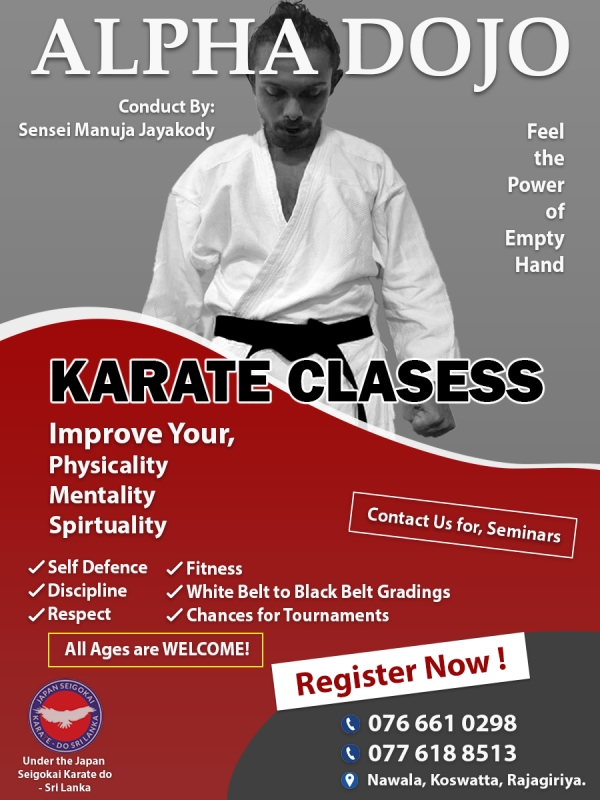Longswords, rapiers, and unarmed fighting are all in style decisions for HEMA practitioners. Its training emphasizes practicality and efficiency, making it highly relevant in real-world eventualities, together with close-quarter combat and weapon disarms. Whether armed or unarmed, Escrima equips practitioners with a versatile ability set suitable for various self-defense conditions. Training in Escrima not only hones combat skills but in addition sharpens hand-eye coordination, enhancing agility and alertness in day by day life. It’s a martial artwork that offers more than simply fighting strategies; it’s a discipline that cultivates practicality, responsiveness, and adaptability. The largest motion of martial arts reconstruction is the Historical European Martial Arts revival (HEMA), gaining momentum for the rationale that late Nineteen Nineties.
Our Sacred Planet Mother Earth In All Of It’s Wonderful Beauty And The Quote Of The Day 632
Sanda – A type of kickboxing from China that is practiced as a full-contact combat sport. It was developed by the Chinese navy by combining conventional Kung Fu with Western Boxing. Kenjutsu – A Japanese martial artwork that teaches the use of traditional samurai swords. Many kinds of Kenjutsu had been misplaced to history over the centuries, however some still exist as martial arts.
Taekwondo
Lethwei – A highly aggressive full-contact style of bare-knuckle kickboxing from Myanmar. Kuk Sool Won – A Korean martial artwork that focuses on strikes to stress points to disable attackers. Kapap – A martial artwork from Israel that predated the well-known Israeli martial art Krav Maga. Fujian White Crane – Fujian White Crane is doubtless certainly one of the animal-styles of Kung Fu. Bojutsu – Bojustu teaches college students the means to battle with a traditional bo workers. This Japanese martial art has some overlap with Okinawan Kobudō. This martial artwork uses elbow and shoulder strikes to knock opponents off steadiness. Wen-Do – A Canadian martial art designed particularly for women’s self-defense. Sambo, Systema, and ARB (Army Hand-to-Hand Combat) are all included in Russian Martial Arts. Ringen – A traditional German type of grappling that had both a sport and fight type. It could probably be practiced either unarmed, or combined with German swordsmanship for fighting efficiency. Keysi Fighting Method – A self-defense system that combines features of conventional martial arts with streetfighting.
Vietnamese martial arts – Several martial arts could be traced back to Vietnam, including a number of developed overseas by Vietnamese immigrants. Võ Lâm Tân Khánh Bà Trà, Qwan Ki Do, and Nhất Nam are all examples of Vietnamese martial arts. Sojutsu – A Japanese martial artwork that teaches scholar to make use of the yari, a Japanese model of spears. Today it is primarily practiced as part of other martial arts quite than as a definite stand-alone art. Sibpalki – A system of martial arts that mixes several different Korean preventing traditions.

- Originating from South Korea, this martial art focuses on self-defense, incorporating strategies from conventional Hapkido and different martial arts like Ju-jitsu and Taekwondo.
- Silek lanyah is the traditional martial arts of the Minang.
- Training regimes in kickboxing usually involve pad work and heavy bag drills, essential for growing accuracy, pace, and timing.
- In Europe, this concerns the developments of boxing, wrestling and fencing as sports.
This style focuses on utilizing momentum to throw opponents off steadiness and make them fall. Leonese Wrestling – Leonese Wrestling originated in the Leon area of Spain. In this form of wrestling, the combatants wear a particular belt that makes throws easier. Jogo Do Pau – A type of stick combating from Spain and Portugal. These strategies have been used both for self-defense, and to resolve disputes by way of duels. Trouser-grip is a popular version of Glima, where wrestlers put on particular belts and use them to throw opponents. Contact Us Z-Ultimate Self Defense Studios Laguna Niguel Email: lagunaniguel1@zultimate.com Phone: +1 949-362-9110 30100 Town Center Dr # O Laguna Niguel, CA, United States 92677 Choi Yong-Sool is often credited with introducing Hapkido in the mid-20th century. Under his and subsequent practitioners’ steering, it developed into a flexible art form. Training in Hapkido not only builds bodily power and adaptability but in addition focuses on mental self-discipline and reaching a harmonious steadiness between mind and body. The journey through Hapkido consists of mastering structured forms, stances, footwork, and combination drills, fostering a philosophy of agility in both fight and life. European type preventing refers to martial arts originating from Europe. This consists of Boxing, Fencing, Savate (French kickboxing), and numerous types of wrestling similar to Greco-Roman Wrestling. Yoseikan budo roughly translates to “the place where the truth is taught”. By learning these skills and methods, the martial artist hopes to be taught their “truth”. In kino mutai, the martial artist’s goal is to defend themselves from somebody bigger than them. It began as self-defense, particularly towards these armed with weapons. Kino Mutai is a martial art from the Philippines, which comes from the Cebuano word, “kinamutay”. karate classes reflects the distinct preventing style of Kino Mutai. Karate emphasizes putting and kicking methods, coaching each the physique and the thoughts. Savate appears in the early 19th century in France, as a mix between English boxing and French people kicking methods. At that point, in France, it existed in gyms known as salles d'armes where savate, English boxing, fencing, canne de combat and generally even wrestling was practiced. During his childhood, Shang-Chi discovered numerous techniques of Shaolin martial arts, including channeling his inside power or “chi”. On the other hand, Shang-Chi’s mother, Li, follows the techniques of Baquazhang.
